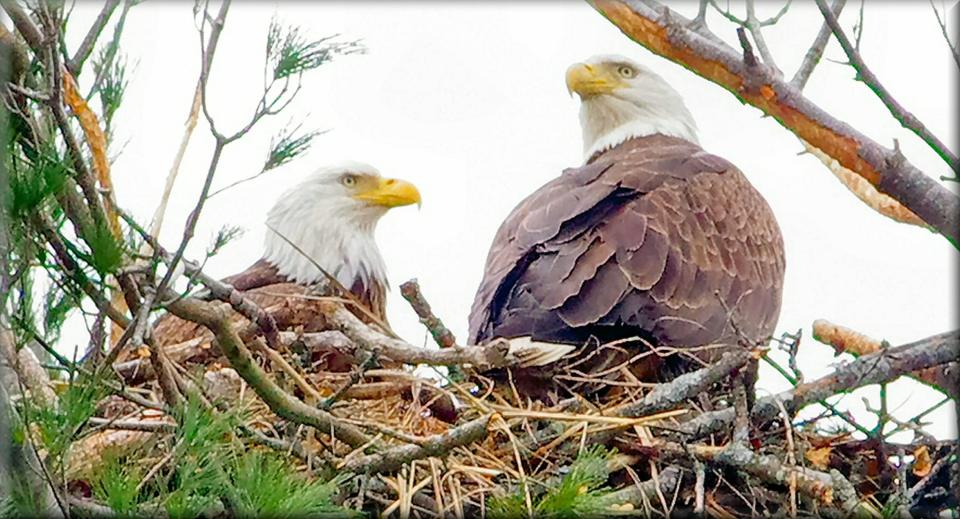How rare are bald eagles in Massachusetts? Not nearly as rare as they used to be
Bald eagles have long been emblematic of the wilderness. When you see an eagle, you imagine it flying over mountains, forests, pristine lakes or a...7-Eleven?
The national bird has made a comeback in the Bay State over the last 30 years and while the landscape may have changed in its absence, it's making itself at home and adapting in true American fashion.
"We’ve seen them adapting to human activities," said Andrew Vitz, MassWildlife ornithologist. "When eagles first established themselves in Massachusetts and the decades after that, they were pretty much in remote areas but that’s changing. Now they're living in pretty darned developed areas, like backyards and closer to urban areas."
In doing so, eagles have become much more acclimated to human disturbance, he said, and shown a notable degree of adaptability.
Bald eagles are recovering now, but what caused their decline?
While their return is a thing to be celebrated, where did they go in the first place?
Like many species endemic to New England, and Massachusetts in particular, the arrival of European settlers was a net loss for eagles. Either indirectly, with habitat destruction from forests being cleared and food scarcity as waterways were polluted, or directly through direct persecution, "the species was extirpated," said Vitz.
"It's hard to imagine a time when eagles were disliked but they used to be actively hunted," he said.
Early settlers viewed them as competition for fishing and a threat to pet and small livestock. While Massachusetts was the first state to pass laws protecting them, those were a long time coming and not until the 20th century.
The last nesting pair was seen in the beginning of the 1900s and did not return until conservation efforts began in the 1980s.
How many nesting pairs of bald eagles are in Mass. now?

As of 2023, about 90 territorial pairs were reported in Massachusetts. A number of new territories have been established this year, but the new data will not be compiled and analyzed until the end of the summer nesting season.
The rate of the population growth has picked up in the last 10 years, Vitz said. As there are more birds out there, that means more nests and more offspring as the eagle returns with a vengeance.
Where's the best place to see bald eagles in Mass.?
Currently, the highest density of eagles is along the Quabbin Reservoir and Connecticut River, the best places to see eagles for decades in Massachusetts.
As the existing territories fill up, eagles have begun expanding from traditional areas, expanding east and throughout the state.
"Now you could be anywhere in Massachusetts and see an eagle. They're showing up as nesting birds inside of 495, inside the Cape, even had one attempt to nest on the Vineyard," said Vitz. "Today we have lots of new water bodies in areas that weren’t available to them historically like the Quabbin." One pair of bald eagles has been seen recently at Indian Lake in Worcester.
A far cry from Colonial times, people who are not used to having eagles in their space are now generally thrilled to see them, he said.
While this change in attitude is a welcome one, it's important to remember that bald eagles are still listed on the endangered species list as "special concern," said Vitz.
"They do need their space so when nests turn up in suburban and urban areas, do remember to give them that," Vitz said. "If the birds seem agitated, you’re too close."
This article originally appeared on Telegram & Gazette: Bald eagles MA populations have soared. Here's where you can see them

